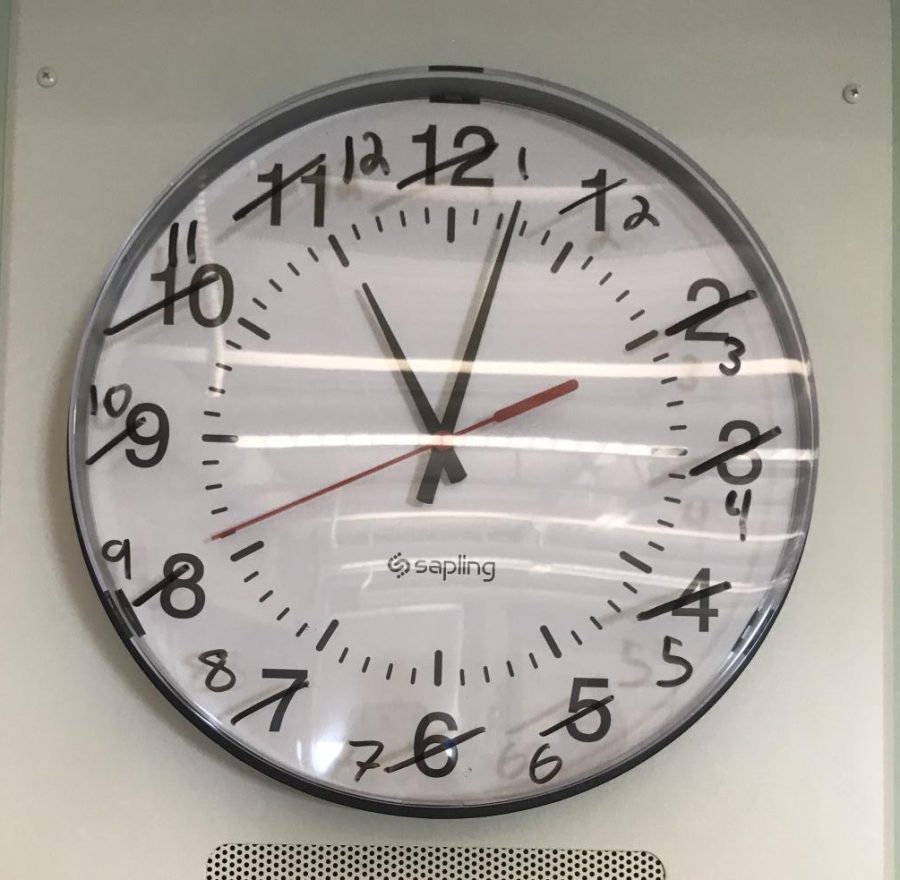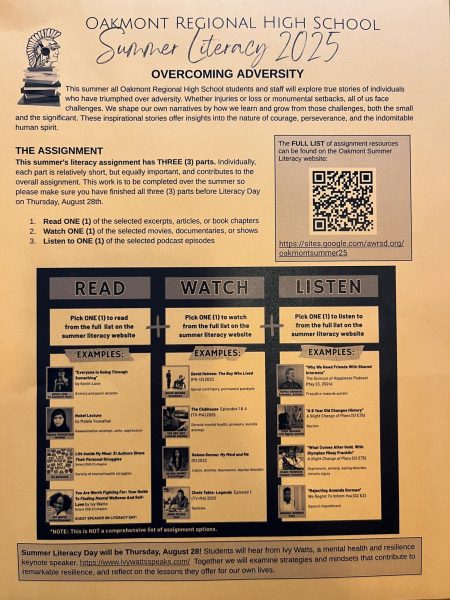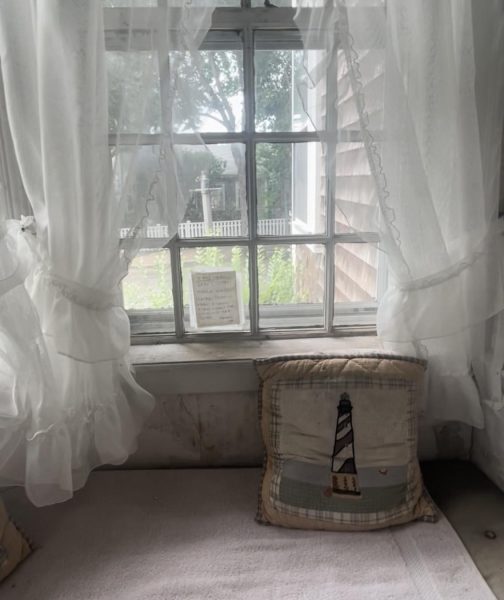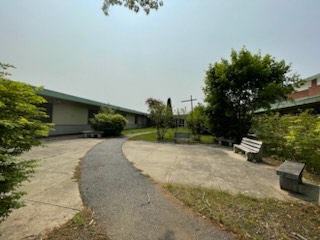Springing forward and falling back: The truth behind daylight savings
Springing forward and falling back: The truth behind daylight savings
By Sophie Newell
Daylight savings is the act of moving the clock one hour forward in the summer and one hour back in the winter. A National Geographic article Why daylight savings time exists and why it is so unpopular, says “The idea behind the clock shift is to maximize sunlight in the Northern Hemisphere, as days start to lengthen in the spring and then wane in the fall. The logic is that by springing forward and falling back, people add an hour of sunlight to the end of the work day.”
But why did America start to introduce this idea? Benjamin Franklin known as “The father of daylight savings time” suggested the idea to the Parisians as a way of saving money on candles and lamp oil.
Daylight savings was enacted on March 19, 1918, however, after the war ended it became so unpopular that it was repealed and only continued in a few states like Massachusetts and Rhode Island.
During the time of World War ll president Roosevelt Instituted a year-round daylight savings time called “war time” from February 9, 1942, to September 30, 1945.
The Uniform Time Act was established to end confusion and create one consistent pattern in the U.S. This act enforced that daylight savings started at 2:00 a.m. on the first Sunday of April and went until 2:00 a.m. on the last Sunday of October.
Hawaii and Arizona are the only two U.S. states that no longer practice the ritual of turning the clock forwards and backward once each year. In 1973 a more permanent law was enacted to help with oil control, however, the state of Arizona was granted an exemption.
The reason for Arizona’s exemption was due to the extreme heat, this means that the sun would have stayed out until 9 p.m. in the summer rather than the usual 8 p.m.
An Abc15 article Daylight Saving Time 2020: Why Arizona doesn’t observe Daylight Saving by Chris Kline says “Following [the start and end of DST], employees slept 40 min less, had 5.7 percent more workplace injuries, and lost 67.6 percent more work days because of injuries than on non-phase change days,”
But how does the future of daylight savings look for Massachusetts, after this past March spring forward we will not fall again in the winter? This would mean that the earliest sunset in the month of December would be around 5:11 p.m.
However, the real change would be with the sunrise. The new normal for sunrise during the winter would be around 8 a.m. Wish is much different from our latest sunrise of this past year which was 7:42 a.m.
A Reuters article U.S. Senate approves bill to make daylight saving time permanent by David Shepardson says “Supporters say the change could prevent a slight uptick in car crashes that typically occurs around the time changes and point to studies showing a small increase in the rate of heart attacks and strokes soon after the time change. They argue the measure could help businesses such as golf courses that could draw more use with more evening daylight.”
Although daylight savings has been implemented on and off for many years, is it good that it has finally come to an end? If it could promise a decrease in car accidents and a boom in businesses like golf courses, why didn’t we implement this years ago?
But how do you feel about the change? Should we just leave the system how it is and has been for decades or is this change reasonable and necessary?

Sophie Newell is a part of the Class of 2026 at Oakmont Regional High School, this is her third year as a member of The Oakmonitor. She is a member of...







